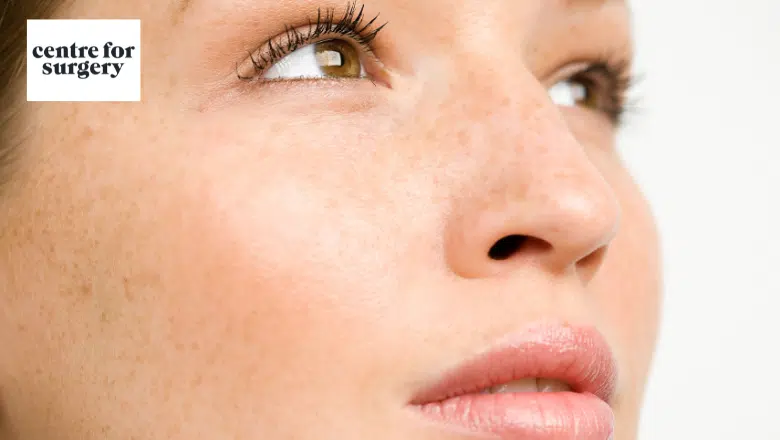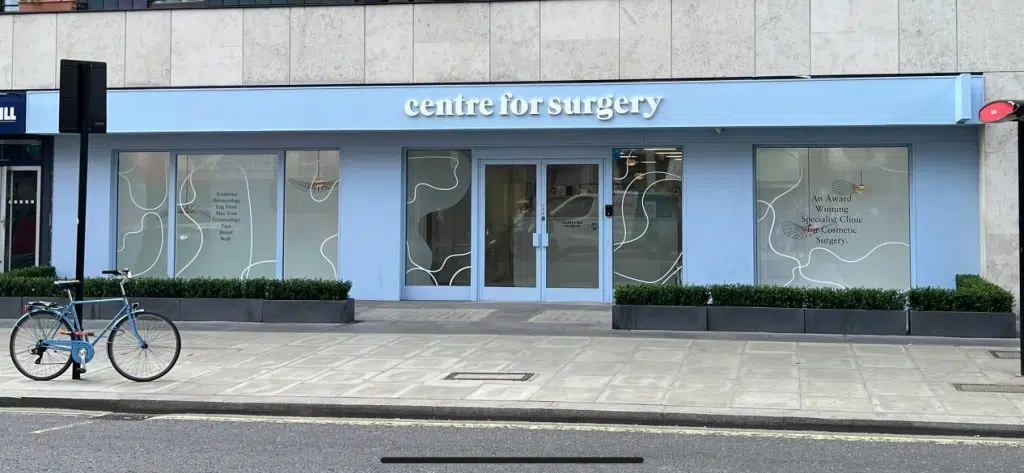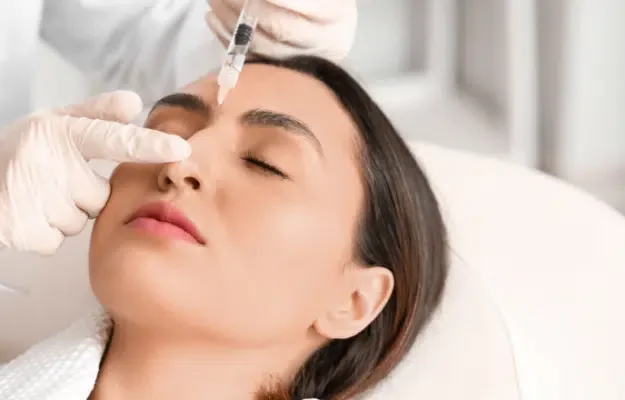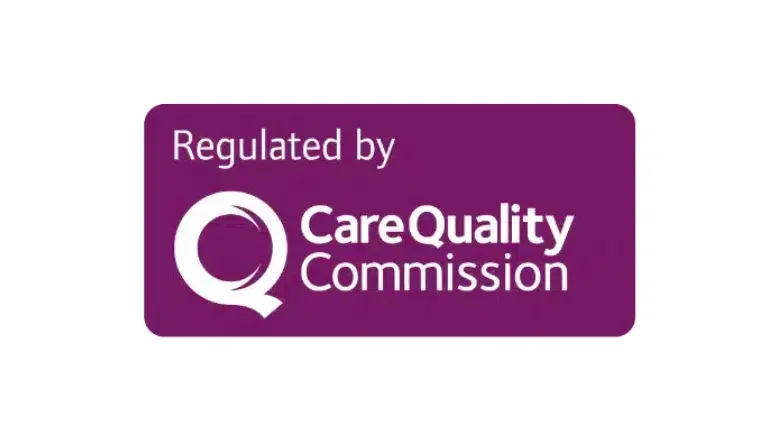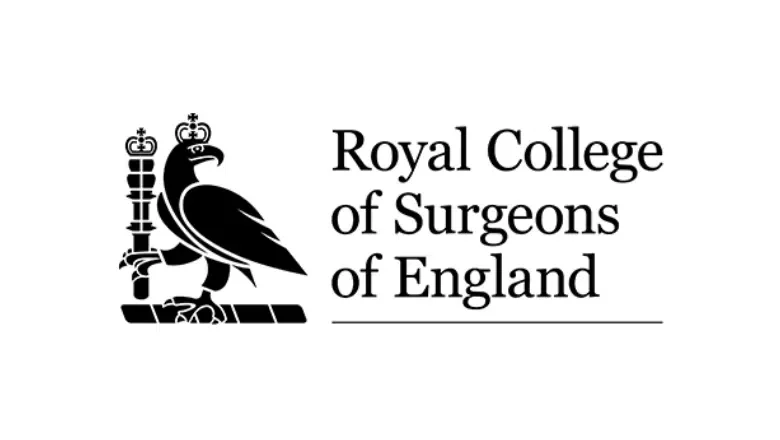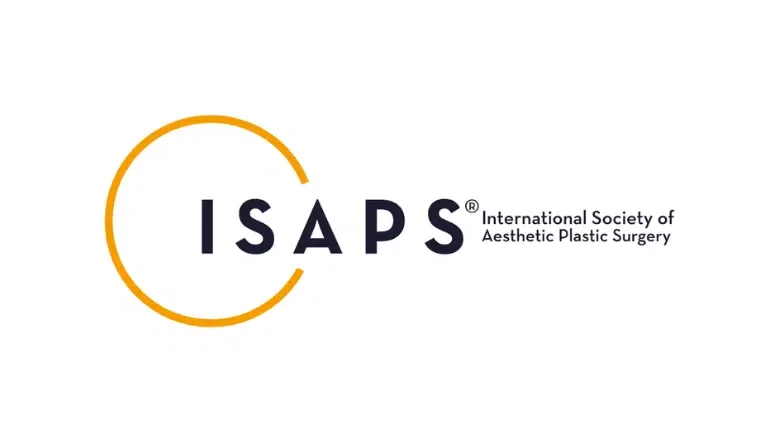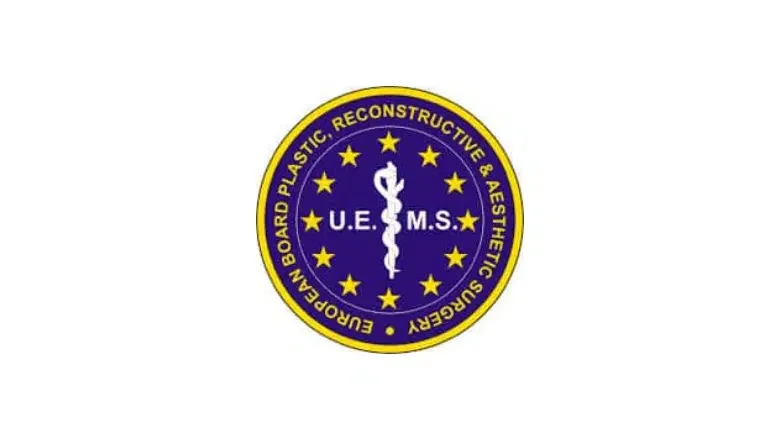Unlocking the Secret to Full Cheeks: Understanding the Causes of Hollow Cheeks and Exploring Effective Solutions
Hollow cheeks, also referred to as sunken cheeks, are characterised by a noticeable indentation between your cheekbones and jawbone. This facial feature typically indicates a lack of fat in that particular area. Sunken cheeks can contribute to an older-looking facial appearance, and they can be brought about naturally by factors like ageing, genetic predispositions, loss of facial fat, or certain medical conditions.
RELATED: Saggy Cheeks: Causes, Symptoms & Treatments
Anyone can experience the phenomenon of sunken cheeks, as it depends greatly on an individual’s bone structure and the level of facial fat they have. Ageing is a common cause, as we naturally lose fat and collagen from our face over time, which can lead to a less plump, more hollowed appearance.
But there’s good news! If you’re looking to improve the appearance of hollow cheeks, there are several treatments available that can help you achieve a fuller, more youthful look. One such treatment is a facial fat transfer, a procedure that moves fat from one part of your body to your face, providing more volume to your cheeks. This is just one example of the many potential solutions available for those wishing to restore fullness to their cheeks and achieve a more youthful appearance. Always consult with a medical professional or experienced aesthetician to find the treatment that’s right for you.
What Causes Sunken Cheeks?
Sunken or hollow cheeks can be caused by a variety of factors. Let’s delve into some of these:
- Natural Ageing Process: As we grow older, our skin naturally starts losing its elasticity and collagen. Collagen is a protein that maintains skin firmness, so its reduction can result in sagging skin. This loss of collagen, coupled with the tendency of facial fat to move downwards with age, can lead to a sunken or hollow appearance beneath the cheekbones.
- Genetics: Your innate bone structure can influence how your cheeks appear. If your natural bone structure causes the fat beneath your skin to distribute in a certain way, it could result in your cheeks looking sunken.
- Significant Weight Loss: Losing a substantial amount of weight can lead to a reduction in facial fat, thereby contributing to hollow cheeks. If you’ve noticed a drastic weight loss, it’s important to investigate the cause as it could be an indication of an underlying medical condition.
- Medical Conditions: Certain illnesses such as anaemia, Crohn’s disease, hyperthyroidism and others can result in weight loss, which in turn could lead to drooping cheeks. These conditions could also affect other aspects of your health, so it’s essential to seek advice from a specialist at Centre for Surgery if you suspect you have one of these illnesses.
- Certain Medications: Some medicines might cause weight loss as a side effect, which could result in sunken cheekbones. If you’ve started any new medication, make sure you’re aware of all its potential side effects.
If you are concerned about sunken cheeks, you should consult one of our medical experts for an in-depth evaluation. They can help determine the cause of the sunken cheeks and recommend appropriate treatment options. If the sunken cheeks are caused by a medical condition, treating the underlying condition may help improve the appearance of the cheeks. If the sunken cheeks are caused by ageing or genetics, treatments such as dermal fillers, fat transfer, and facial implants may be recommended.
How does the ageing process affect the cheeks?
As we age, our cheeks can undergo several changes that can contribute to a sunken or hollow appearance. Some of the most common changes that occur in the cheeks as we age include:
- Volume loss: As we age, we lose volume in our cheeks due to a decrease in collagen and elastin, which are responsible for maintaining the skin’s shape and elasticity. This can cause the cheeks to appear hollow or sunken.
- Sagging skin: As we lose volume in our cheeks, the skin can begin to sag and droop. This can create wrinkles and folds around the cheeks and mouth.
- Loss of muscle mass: The muscles in the cheeks can also begin to atrophy (waste away) as we age, which can contribute to a sunken appearance.
- Sun damage: Sun exposure can cause the skin to lose elasticity and sag, resulting in wrinkles and sunken cheeks.
- Gravity: The force of gravity can also pull the skin downward, which can cause the cheeks to sag and appear sunken.
- Genetics: Some people may be predisposed to having sunken cheeks due to their genetic makeup.
Addressing Hollow Cheeks: What Are Your Options?
Now that we’ve explored what leads to the development of sunken cheeks, let’s look at the various ways you can tackle this cosmetic concern. There are multiple solutions available that can help you achieve fuller, more youthful-looking cheeks.
Surgical options for sunken cheeks
Facial Fat Transfer
Are you keen to rejuvenate your facial features by restoring volume and contours? If so, facial fat transfer could be the answer for you. This technique involves the removal of fat from other parts of your body through a process called liposuction. This extracted fat is then injected into the hollow or sunken areas of your face such as the cheeks, to provide a fuller appearance. Facial fat grafting is a procedure known to produce natural-looking results and leave minimal scarring.
Facial fat transfer is an excellent method to restore lost volume, reshape facial features, and diminish the visibility of wrinkles. It can be effectively used in areas such as the cheeks, beneath the eyes, and around the nose and mouth (known as nasolabial folds) for maximum impact. For a more extensive rejuvenation, it can ideally be paired with other procedures like a facelift.
Recovering from a Facial Fat Transfer
Your recovery period could range anywhere from two to six weeks. Despite being a less invasive surgical procedure, it’s important to remember that facial fat transfer is not entirely without risks. Just like any surgical process, there could be chances of infection, bleeding, bruising, and asymmetry. However, these are generally rare. Our skilled surgeons at the Centre for Surgery will ensure that you are fully informed about all potential risks and considerations during your pre-procedure consultation. This will enable you to make a well-informed decision about your treatment.
Several other surgical options can be used to correct sunken cheeks. These include:
- Facelift: A facelift is a surgical procedure that can lift and tighten the skin and underlying tissues of the face, including the cheeks. A facelift can help restore volume to the cheeks and improve the overall appearance of the face.
- Cheek augmentation: Cheek augmentation is a surgical procedure that can add volume to the cheeks. This can be done with the use of implants, such as silicone or synthetic materials, or with the use of the patient’s own fat, harvested from other parts of the body, which can be transferred to the cheeks through a process called cheek fat transfer.
RELATED: Cheek augmentation candidates, procedure and recovery
- Malar fat pad repositioning: This procedure is used to reposition the malar fat pad, which is located in the cheek, to a higher position on the cheekbone to fill the hollowness in the cheek area. This procedure is done through a small incision inside the mouth, which makes it an attractive option as it leaves no visible scar.
- Mid-face lift: This procedure is designed to lift and reposition the cheeks, jowls, and lower eyelids while preserving the natural contours of the face.
RELATED: Facial Implants vs Fillers
Non-surgical options for deflated cheeks
Using Cheek Fillers to Address Hollow Cheeks
Dermal fillers are a popular non-surgical solution for treating the appearance of sunken or hollow cheeks. These fillers, designed to restore volume, are injected into the hollowed areas of your cheekbones, lifting them and returning a more youthful plumpness to your face.
Cheek fillers are particularly effective for dealing with sunken cheeks. The key component of these fillers is hyaluronic acid, a substance that closely resembles naturally occurring substances in your body. Once injected, the fillers can lift and refill areas of lost volume, whilst defining and shaping the contours of your face. The result is a fuller, more youthful and vibrant appearance.
RELATED: Cheek Fillers Near Me
Recovering from Cheek Fillers
After you have received treatment with dermal fillers, it’s quite common to experience some minor bruising and swelling. However, these are only temporary side effects, which typically resolve within a few days.
Dermal fillers are generally considered to be low risk, particularly since hyaluronic acid, the active ingredient is a substance naturally found in the body, thus minimising the risk of an allergic reaction. However, there is still a slight chance of asymmetry post-treatment. Your nurse injector will discuss all potential risks and considerations during your consultation, ensuring you’re fully informed before you proceed with treatment.
Several other non-surgical options can be used to correct deflated or sunken cheeks and add volume to the face. These include:
- Sculptra: Sculptra is a non-surgical option that stimulates the body’s own collagen production, which can help to restore volume and improve the appearance of the cheeks.
- Thread-lifting: Thread-lifting is a non-surgical procedure that uses dissolvable sutures to lift and tighten the skin in the cheeks.
- Volumising skincare: Some skincare products, such as those containing hyaluronic acid, peptides, and retinoids, can help to plump up the skin and improve the appearance of the cheeks.
- AccuTite: AccuTite RF can be used to tighten and lift the skin in the cheeks and can also stimulate collagen production.
Comprehensive Solutions for Healthy Skin
To maintain plump and youthful-looking skin, it’s beneficial to combine good skincare practices, a balanced diet, and regular exercise with the procedures mentioned above.
Skincare Routine
Taking excellent care of your skin, particularly keeping it hydrated, can help it look fuller and more youthful. We highly recommend a skincare routine that includes hydration-focused products. Use serums and moisturisers to enrich your skin with necessary nutrients, and always apply a broad-spectrum sunscreen to protect it from harmful UV rays. Additionally, drinking plenty of water day and night will aid in keeping your skin well-hydrated.
Regular Exercise
Your exercise regime and diet play a crucial role in your overall health and the health of your skin. A healthy diet coupled with regular exercise can stimulate natural collagen production, which supports the structure of your skin. Exercise helps to deliver essential nutrients, such as vitamins and oxygen, to your skin cells, aiding their healing and strengthening process. High Intensity Interval Training (HIIT) and resistance exercises are particularly beneficial for collagen production, as they help stimulate human growth hormone levels.
Balanced Diet
Including antioxidant-rich foods in your diet, such as berries and dark leafy greens, can help protect your skin cells from damage and premature ageing. Additionally, certain fish like salmon and tuna are packed with omega-3 fatty acids, known to reduce inflammation. By incorporating these foods into your meals, you’re taking one more step towards maintaining healthier, more vibrant skin.
Can facial exercises improve sunken cheeks?
Facial exercises, also known as facial yoga or facial toning, may help to improve the appearance of sunken cheeks by strengthening the muscles in the face and stimulating blood flow. However, it is important to note that the effectiveness of facial exercises in improving sunken cheeks is still a matter of debate.
Facial exercises target the muscles in the face, which can help to tone and firm the skin and may help to reduce the appearance of wrinkles and sagging skin. Additionally, facial exercises can stimulate blood flow to the face, which can help to improve skin elasticity and tone.
It is important to note that while facial exercises may improve the appearance of sunken cheeks, they may not be as effective as surgical or non-surgical procedures in restoring volume to the cheeks. Additionally, the results of facial exercises may not be as dramatic or long-lasting as those obtained from other treatments.
Frequently Asked Questions
How Long Will the Treatment Results Last?
The duration of results from treatment can vary depending on the specific procedure. If you opt for cheek fillers, you can typically expect the results to last for about one year before they need to be maintained. It’s worth noting that individual factors such as having a fast metabolism or engaging in regular exercise can cause the filler to wear off more swiftly.
On the other hand, the outcomes of a facial fat transfer procedure are usually permanent. Nonetheless, the natural ageing process will continue and this might cause the results to seem less pronounced over lengthy periods. But rest assured, you can look forward to savouring your improved appearance for numerous years.
Is There a Recovery Period After the Treatment?
The recovery time can differ depending on the treatment you have undergone. Facial fat transfer is typically a day surgery procedure with a swift recovery phase. You should experience minimal scarring and pain, while swelling could take anywhere from two to six weeks to subside completely. However, you can generally get back to your everyday activities within about a week.
If you choose dermal filler injections for your cheeks, remember that this is a non-surgical and minimally invasive treatment. Following the procedure, mild bruising and swelling are common. To promote proper healing and ensure the best results, it’s important to refrain from exercising for 24 to 48 hours post-treatment.
Regardless of the type of treatment, it’s vital to give your body adequate time to rest and recover afterwards. Make sure to follow all the post-treatment recovery instructions provided by your doctor. As always, we at Centre for Surgery advise that you consult with a surgeon to fully understand these risks before deciding to proceed with any treatments.
Cheek fillers & Fat Injections at Centre for Surgery
At Centre for Surgery, we understand that your face is the first impression you make. As such, we strive to offer the most innovative and effective treatments for facial rejuvenation, including cheek enhancement.
Our clinic, based in London, is a leading destination for individuals seeking to improve their appearance and enhance their natural beauty. We offer a comprehensive range of surgical and non-surgical treatments to address concerns related to facial aesthetics, including the treatment of sunken or hollow cheeks.
Our experienced surgeons specialise in various facial procedures and have a deep understanding of the complex anatomy of the face. This knowledge, combined with a keen aesthetic eye, allows them to deliver highly personalised treatment plans, designed to meet your specific needs and goals.
Whether you’re considering surgical solutions like facial fat transfer or non-surgical treatments such as dermal fillers, our team will guide you through the process, ensuring you’re well-informed about all aspects of the treatment.
We prioritise your safety and comfort, adhering to the highest medical standards and utilising the most advanced technologies available. Our dedicated and compassionate team is committed to achieving the best possible results for you, whilst providing a comfortable and welcoming environment.
At Centre for Surgery, we believe that everyone deserves to feel confident in their own skin, and our goal is to help you achieve this through personalised, high-quality care and treatments. We look forward to welcoming you to our clinic and helping you on your journey towards enhanced facial aesthetics.
Contact us today at 020 7993 4849 or complete the contact form below the schedule an in-person consultation at our state-of-the-art Baker Street clinic in central London.
